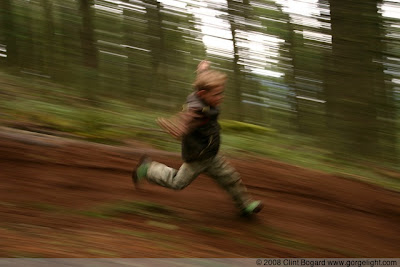There are 2 books I recommend folks read to understand the basics of photography and using their Canon DSLR. The first book is Dennis Curtin's 'short course on photography using Canon DSLRs', the second book is your camera manual. Dennis' short courses on photography explain the basics of photography, inluding exposure, shutter-speed, aperture, depth-of-field, etc. but do so with examples specific to the model of camera you have. This is my #1 recommended accessory for your Canon DSLR. Buy and read this book before you invest in more camera gear - learn how to use the amazing capabilities of the Canon DSLR you own. This blog assumes the reader has a basic understanding of photography and is designed to 'start' where these 2 books end. My blog is about taking your basic knowledge of photography and your camera and applying these principals to making great photos. I recommend reading Dennis' 'short course on photography' first, then doing a lot of practicing, and then reading your camera manual. Dennis has different versions of this book for each model of Canon DSLR. Here are links to the various 'flavors' of Dennis' book on Amazon.com:
A Short Course in Canon EOS Digital Rebel XT/350D Photography (Book & eBook)
A Short Course in Canon EOS Digital Rebel XTi/400D Photography book/ebook
A Short Course in Canon EOS Digital Rebel XT/350D Photography (Book & eBook)
A Short Course in Canon EOS Digital Rebel XTi/400D Photography book/ebook
















